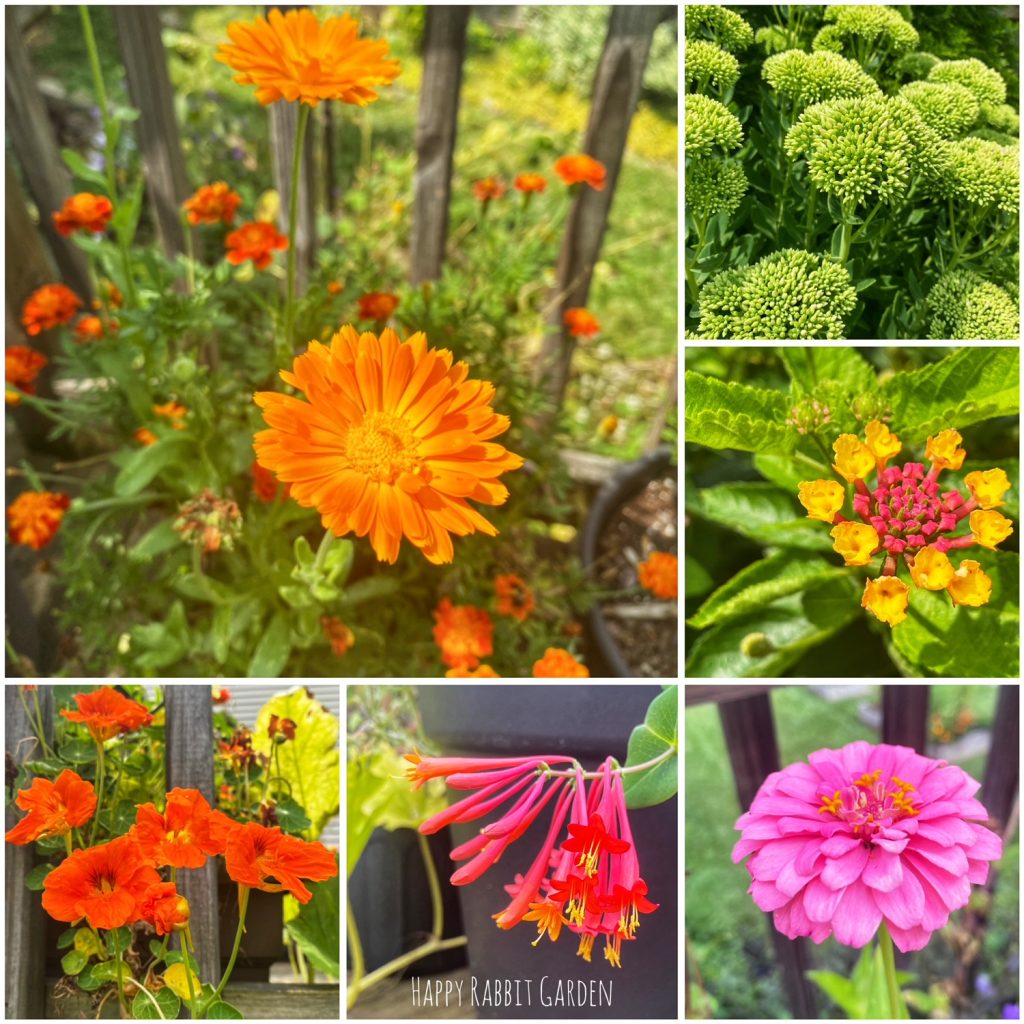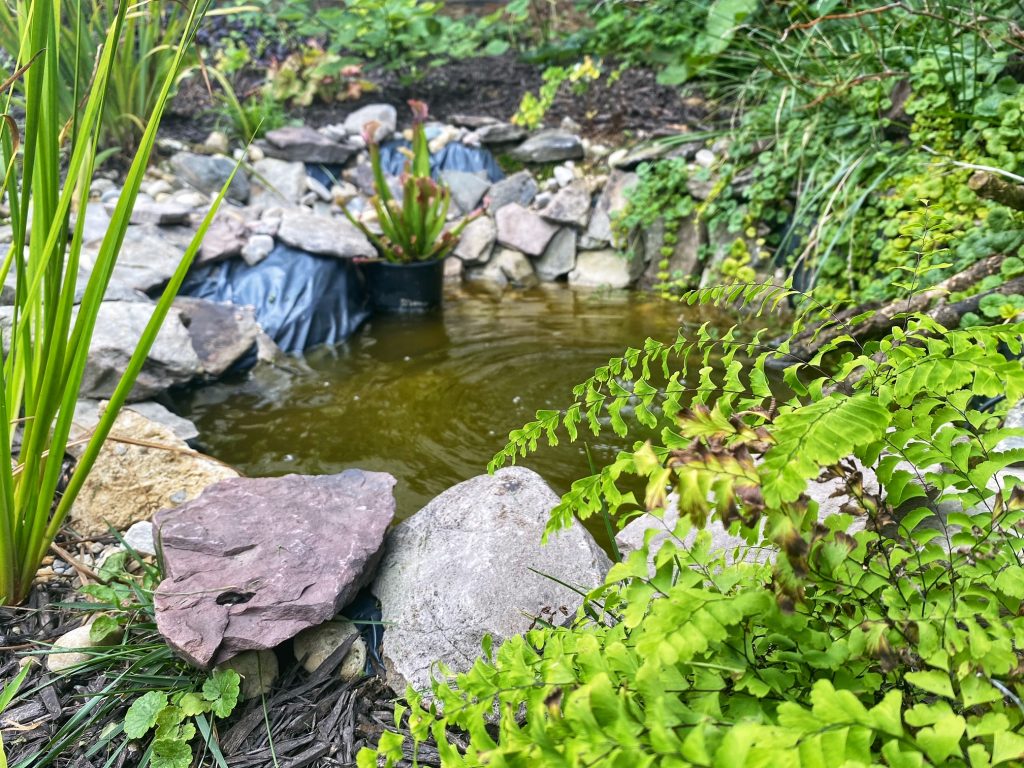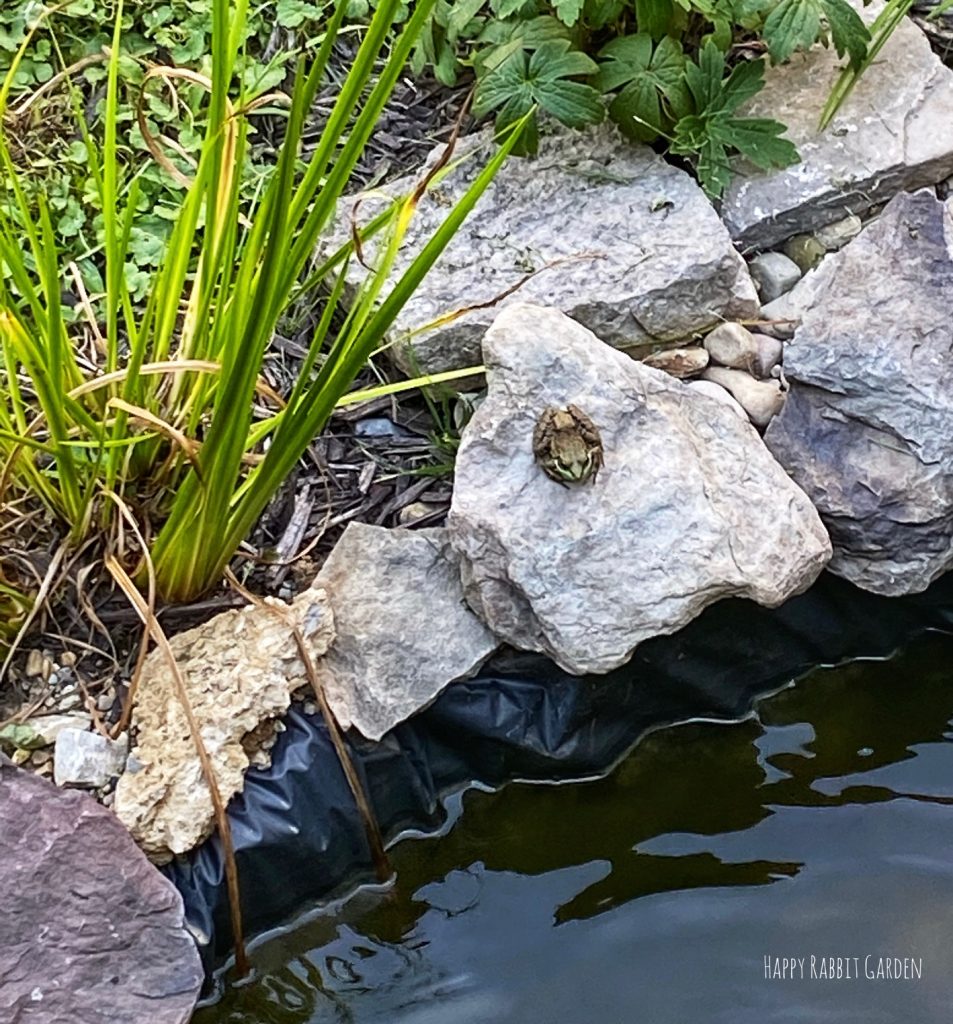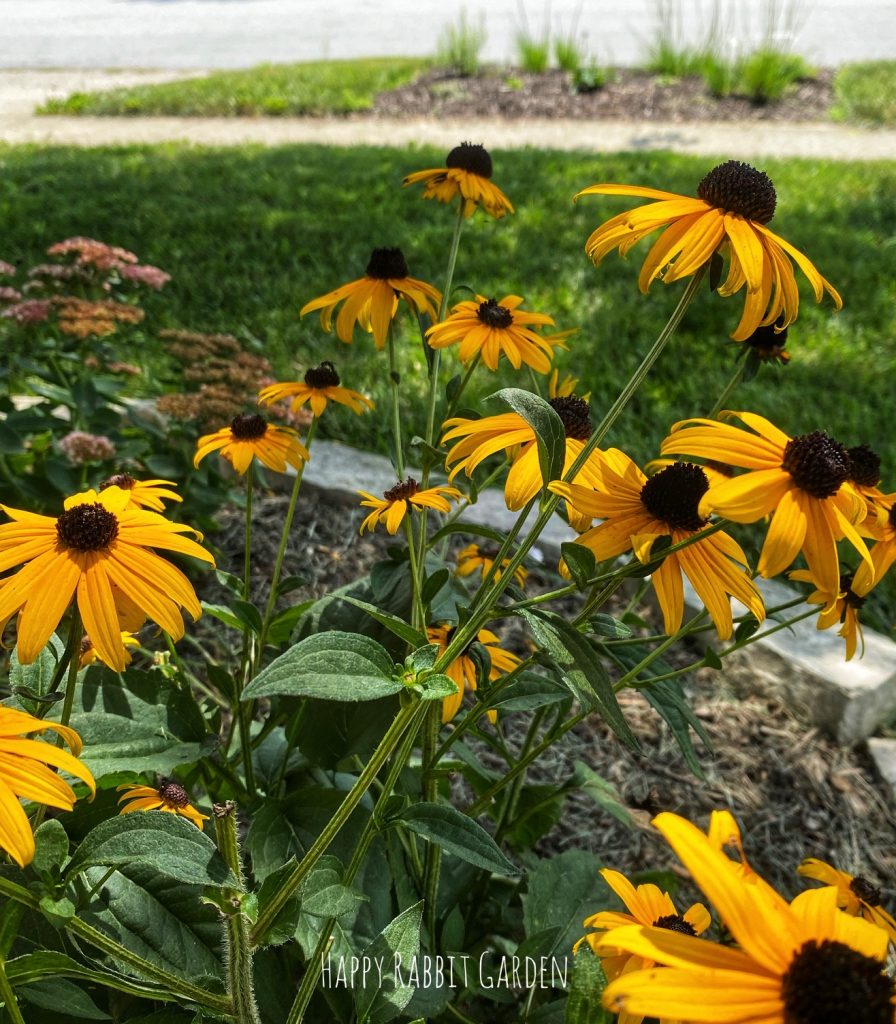
August carries on. The heat probably won’t really break until mid-October here, and the humidity makes just standing outside an unpleasant experience. Last week was filled with rain, sheets of it would come down every day. At least I didn’t have to water at all. And rain at this time of year usually makes for pretty autumn color from the trees come fall.
The cicadas are out in full force, screeching over the hum of the grasshoppers and crickets. This time of year is tough, for me. I really love autumn, and it feels so far away on these endless hot days. Summertime is probably my least favorite season, which is probably a weird thing for a gardener to say. I think I like fall and springtime best, though. I like the changing- the new life in spring after winters long, cold days where everything is finally wake up again. Then, in fall, where all the colors change and the air feels so crisp and cool. I like the feeling that a big shift is on the way.

But, for now, it is definitely still summertime. Our monarch caterpillars have all finally made their lime-green and gold chrysalises. We could have our first hatching this upcoming weekend, though it will probably be next week before we see butterflies. The rest of the life on the deck seems to be thriving still. We have one last baby pumpkin ripening on the vine, and all the flowers are doing well. The other day, I saw a gorgeous tiger swallowtail hopping from zinnia to zinnia and enjoying the lantanas. It was looking a little beat up, but still flying fine. I checked the dill and fennel for eggs, but the butterfly was either a male, or it just didn’t have any eggs to lay. (Usually, you’re able to identify the gender of a swallowtail by their markings, but this one was missing pieces in the spots where I would normally do that).
I also saw a hummingbird on the deck yesterday. They’ve been all over our nasturtiums this year, as well as the zinnias. I’m definitely going to be growing zinnias from seed again next year- they’ve been a wildlife magnet this season.

Out in the yard, I’ve been continuing to harvest tomatoes, peppers, and green beans daily. The freezer is filling up with veggies, and the Family Canning Day for our salsa has been scheduled for the fall. It’s been a great year for tomatoes so far. I don’t want to jinx myself, but even with the extreme heat, I haven’t had any issues so far with blossom end rot like in years past. We seem to have had pretty steady rains, and when we haven’t, I’ve been keeping up with the watering and fertilizing. We’ll probably have at least another month/month and a half before there’s even a chance of frost, which is plenty of time for me to have to TETRIS the freezer contents to make everything fit.
The wildlife pond doesn’t have a lot blooming at the moment, but there’s lots of happy plants around the water. I see birds stop by every so often, and there’s usually a dragonfly or two hovering around the rocks. This past week, I had a huge surprise: a frog was sunning itself on the rock edge! When I put in the pond, my goal was to help attract wildlife to the area. I was so hoping for a frog, but the closest water to our house is a creek, some 100 yards away. I wasn’t sure any would find their way through the field, where the hawks and neighborhood cats hunt, to my little fenced-in water feature. But, this one made it. The husband named it Stanley, and Stanley likes to hide in the brush swimming all day. In the afternoon, Stanley sun bathes on the rocks, warming up and maybe grabbing a bite to eat. I hope Stanley tells its friends and they all have lots of lots of little froggo babies.

Around the pond, I managed to do some weeding last week. Our original shade garden was looking extremely scruffy and there were SIX rogue tomato plants growing beside the compost bin. I removed them (seriously, I can barely keep up with all the tomatoes I planted on purpose) to inside the compost pile, and cleaned up the space.

In the rest of the beds, the mid-late summer plants are really starting to flower and come in, like the new england aster, black-eyed susan’s, and goldenrod. I do really enjoy these plants that stretch into autumn, giving the pollinators the extra boost they need for their flights south or to overwinter in the yard here. The swamp milkweed, which flowered earlier this year, is seeding already. The seed pods unfurl, revealing a bunch of dark brown seeds on tiny wisps of silky fluff that fly on the wind to carry the seeds to new homes. I collect most of mine to plant out the following year.
It’s easy to remove the seeds, and to get them to grow. The seeds just require the winter cold to break their dormancy and to open up their tough outer shells. You can either do this by placing them in the fridge, or simply planting them in the ground in late fall, the winter, or early spring. Last winter, I grew a bunch in milk jugs on the porch, using a process called winter sowing. It works shockingly well, and I’d recommend it to anyone looking to grow native seeds in their spaces (if you have winter temperatures where you garden).

Well, that’s all the news I have this week. Hopefully, Stanley will have a buddy soon, and we’ll see some more rain so I don’t have to get back to my watering schedule. I imagine I’ll see some more wildlife around the yard this week while harvesting herbs and veggies, and I might try making up a little flower arrangement. I don’t pick our flowers too often, but I always enjoy seeing them on the table when I do manage to put together a bouquet. I also have some dark purple pokeberries to harvest for use in dye projects later this year. Our poor freezer is going to be stuffed to the gills…
Happy gardening!
